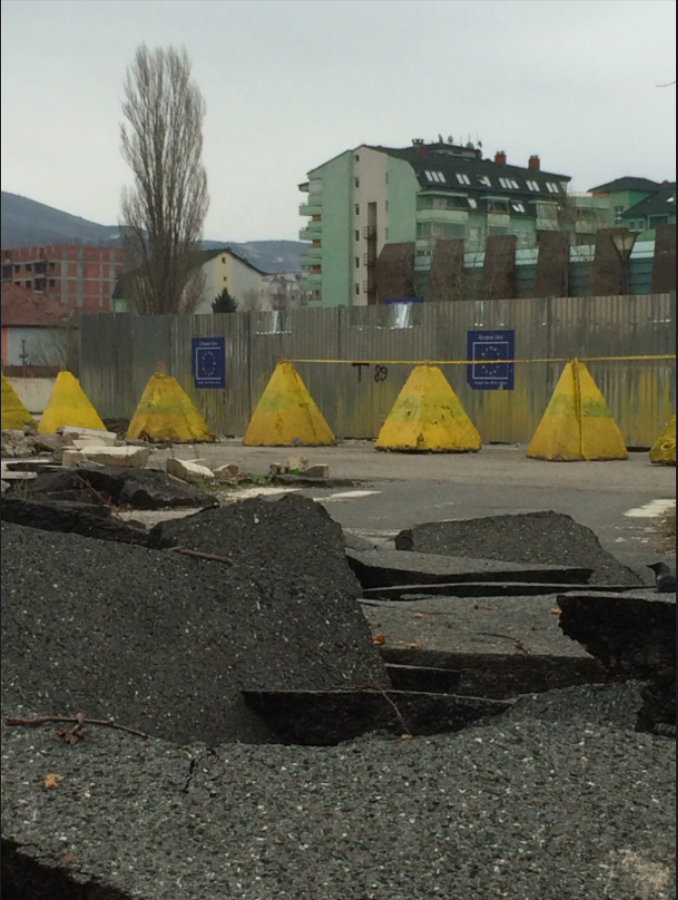The processes of De-bordering and Re-bordering in South East Europe interchange on a daily basis. When thinking of the process of making borders and/or crossing borders in the contemporary world, three variables are affecting borderlands; border dynamic (daily exchange of peoples and goods), migration flows (regular and irregular), and security. Those variables are the key challenges for the EU external border as well. On the other hand, the EU external border in the region of the Western Balkans is a frontier rather than a border. The externalization of European borders has many levels as well as accompanied mechanisms. At the same time, different kinds of crisis left an imprint on ongoing processes of bordering practice and changed its dynamics.
The migration crisis in 2015/2016 opened numerous issues and affected all the countries along the Balkan route as well as European Union member states. On the state level, it mainly led to securitization of (illegal) migrations and migrants in general, while on the local levels, it led towards different, often ad hoc mechanisms and actions related to borders security. The latest and ongoing pandemic crisis has had similar effects on borders in SEE. Nevertheless, patterns of re-bordering slightly changed. The aim of this lecture is to compare re-bordering processes in the past thirty years in this region with an emphasis on crisis derived changes and local level responses categorized due to the time and space factors.
Time: 13:00 - 14:00 CET
